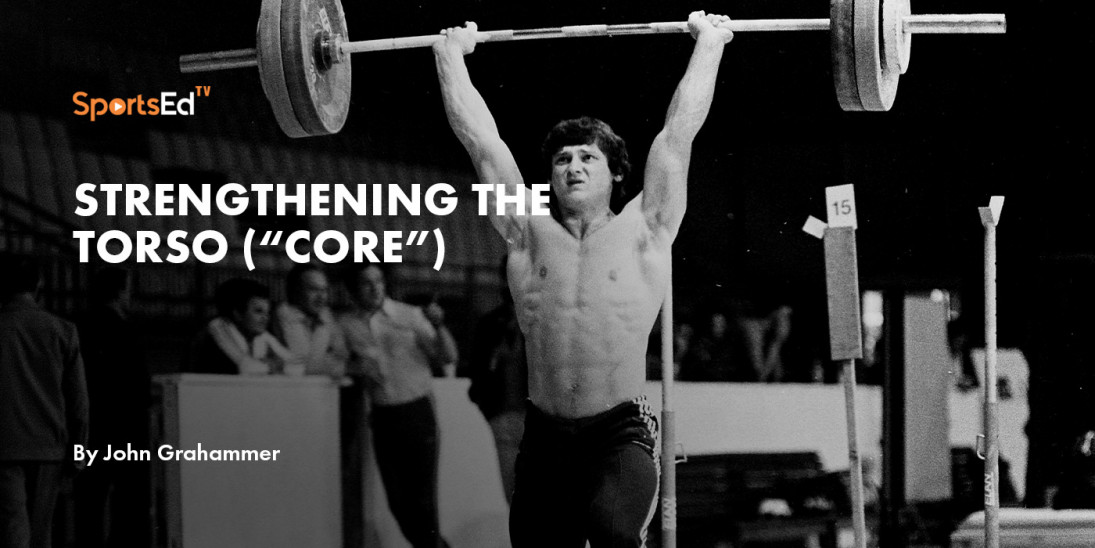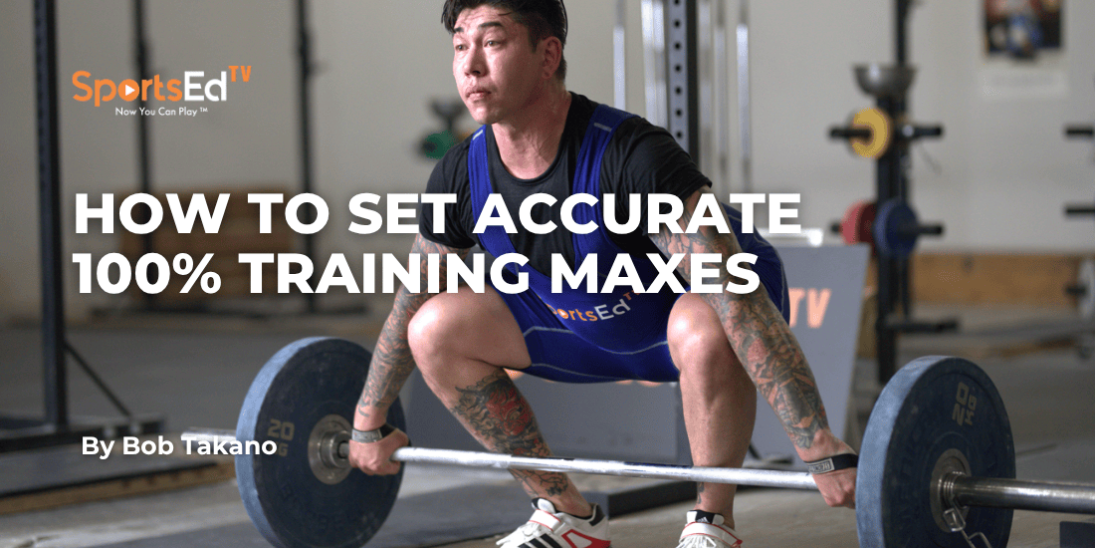Weightlifting
Welcome and thanks for visiting...

Strengthening the Torso (“Core”)

Bruce Klemens Photography
SportsEdTV Weightlifting is committed to bringing athletes, coaches, and parents pro-level weightlifting education videos for FREE. All levels, anywhere, anytime. Check out our full instructional library and sign up to join our weightlifting community!
In recent times the big fitness buzzword has been the “core.” Several years back this word meant priority, or key, training program components. But as is typical of terminology in the fitness field, over time the term evolved to today’s more popular interpretation that highlights the muscles of the human torso. Unfortunately, when popular media uses this term the focus is almost exclusively on the abdominal muscles. Please note, it is totally incorrect to consider the core as representing only the abdominal muscles.
Competitive weightlifters seldom devote specific training time to their abdominal muscles. Repeated research suggests that all the pulling and squatting motions engaged in by weightlifters strengthens the abdominals (and core) more so than doing isolation exercises. Weightlifters are noted for their outstanding back musculature, and when seen without a shirt, their great abdominal development.
.png)
Bruce Klemens Photography
The outstanding back development of USA’s Derrick Crass is noted in the training hall of the 1982 World Championships, Ljubljana, Yugoslavia.
A long-overlooked article in the January 1970 Strength & Health authored by Boyer Coe (former Mr. America, Mr. Universe, etc.) described, among other exercises, a “barbell quarter roll-up” as a safer and more effective abdominal exercise than the popular sit-up exercise. A few years later, noted biomechanist John Garhammer, PhD authored a groundbreaking piece, Abdominal Exercise and Its Relationship to Lower Back Pain, in International Olympic Lifter (July 1975) in which he described the proper execution of a similar movement he called a “trunk curl.” Over time this partial sit-up became more popularly known as today’s “crunch.”
To repeat for emphasis, the term core should not be viewed as addressing only the abdominal muscles. The core is essentially the muscles of the human torso, minus the limbs. In order to examine more effectively the idea of core training we are fortunate to present a detailed PowerPoint presentation by Dr. Garhammer on the subject.
In this presentation Dr. Garhammer explains in detail the safest and most effective means of training and strengthening the entire core area. Additionally, he describes some of the formerly popular “ab” devices evaluated by his California State University, Long Beach laboratory. Enjoy and learn from Dr. Garhammer’s greatly expanded and informative PowerPoint presentation entitled, Spinal Health, Exercise & Heavy Athletics





